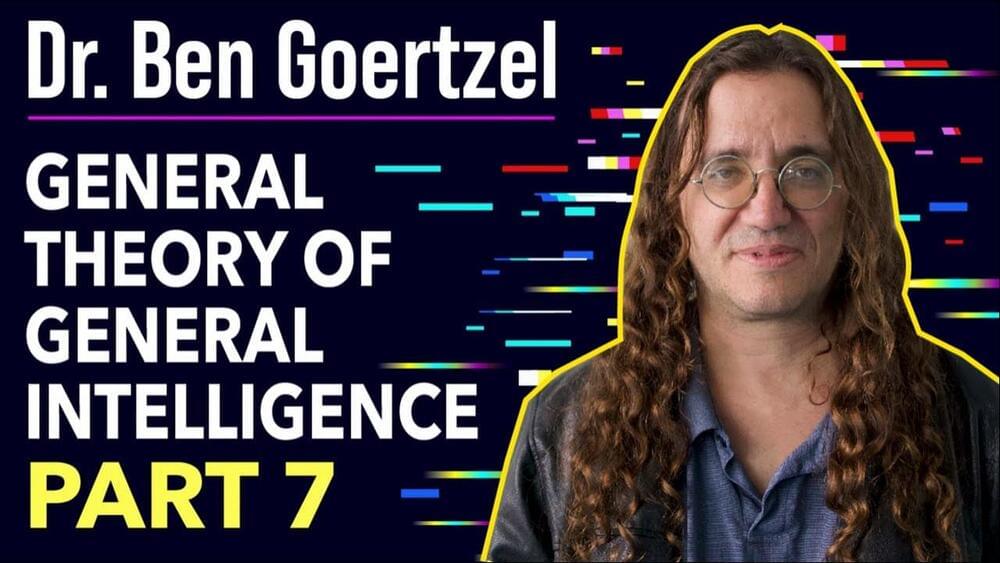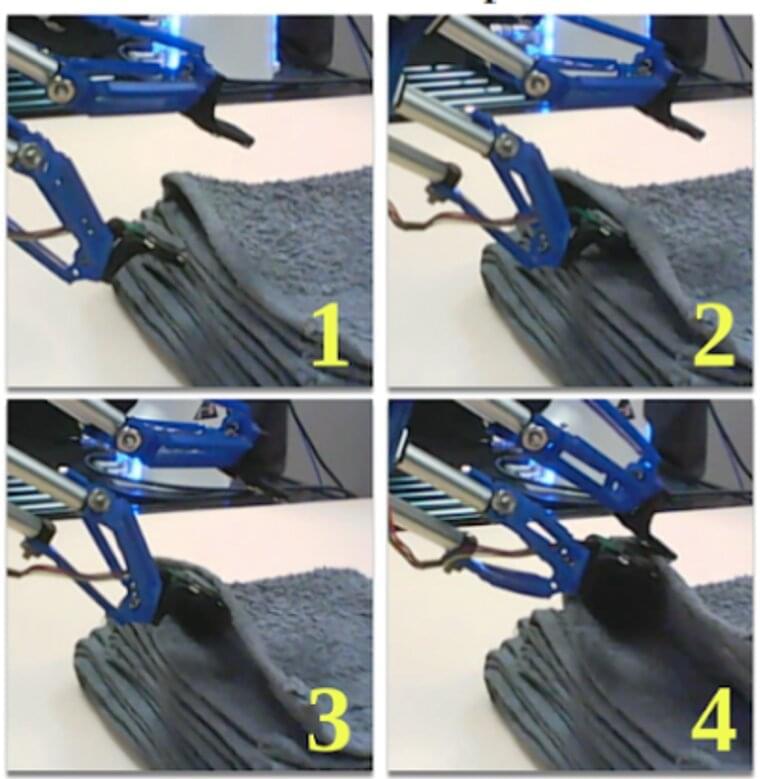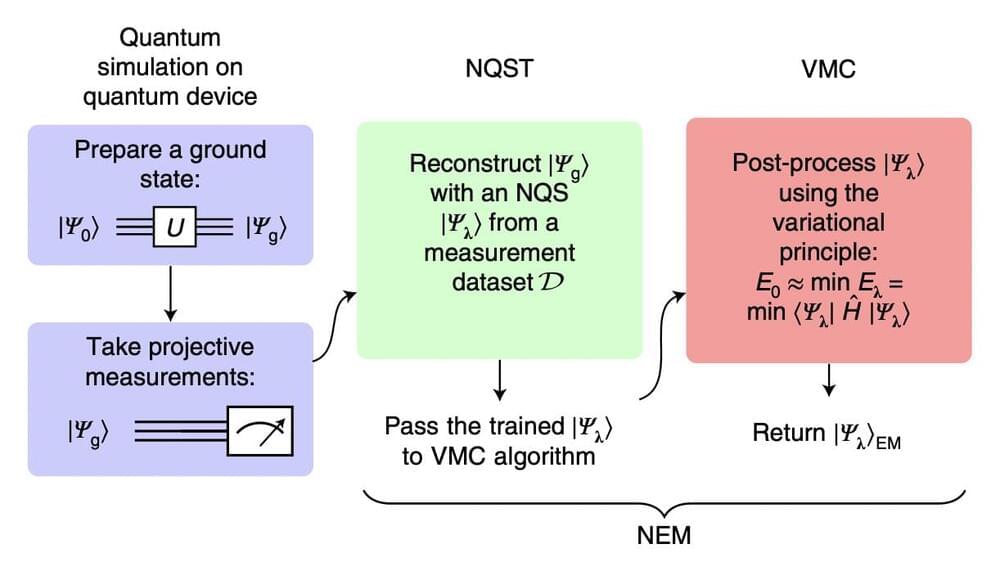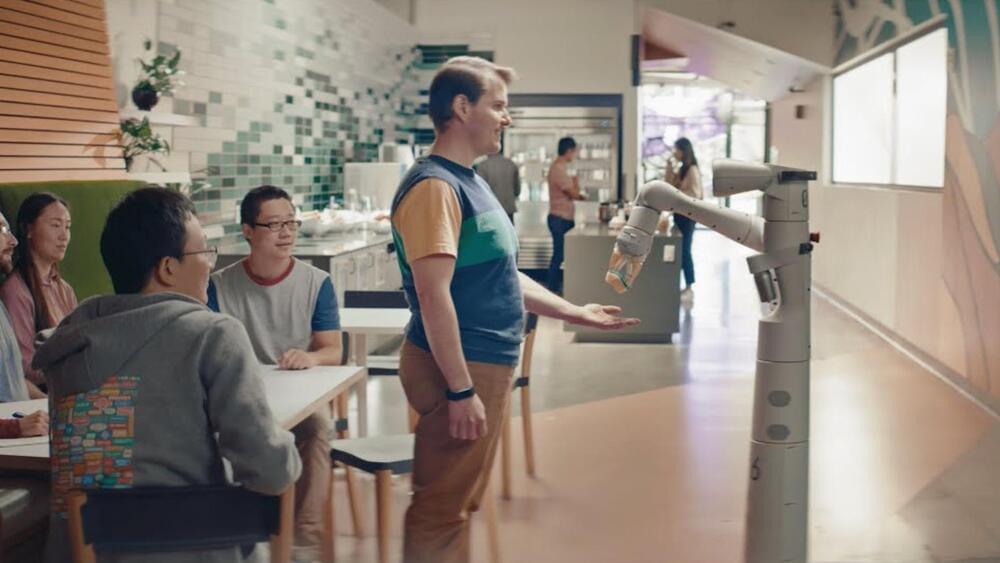Aug 23, 2022
An AI-based party vows to win Denmark’s general election in 2023. Can it succeed?
Posted by Gemechu Taye in categories: information science, robotics/AI, sustainability
An art collective is trying to get an AI-supported candidate into Danish Parliament in 2023. Could we have a fully virtual candidate one day?
With all the political rancor that has become a part of our everyday reality, maybe it’s time to admit that humans may not be the best at forging agreements. Our egos are always in play, and emotions often rule our political choices more than reason. Maybe artificial intelligence (AI) could do a better job, or at least that’s what the creators of The Synthetic Party, the world’s first AI-based political party, think. The party hopes to run an AI candidate in Denmark’s general election in 2023.
Full Story:

















